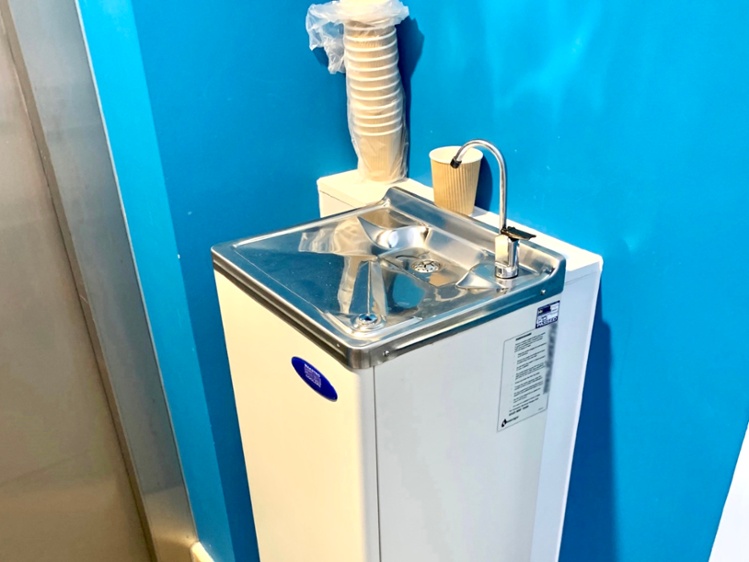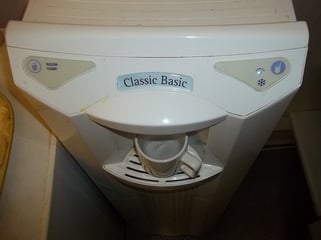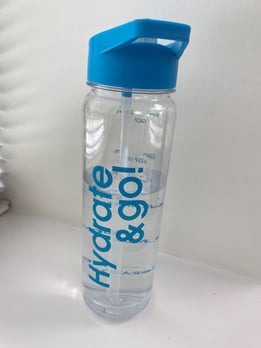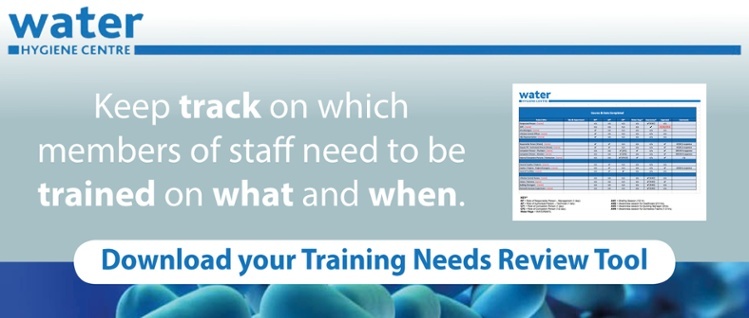
I have often been asked the question what is the best place to drink from? Water coolers, tap water, chilled water dispensers, or bottled water (i.e. individual bottles). I have a personal opinion but before I get into that let’s look at some of the pros and cons of each.
Tap Water
Mains water quality in the UK is amongst the best in the world with regards to wholesomeness (99.95% of samples of public water supplies during 2017-19 met the regulatory standard) therefore there should be no issue with drinking tap water. Yes, there are regional differences throughout the country with regards to hardness and other mineral content, but this tends to be more of an aesthetic issue with taste and perhaps what individuals get ‘used to’.
Benefits:
- No need to store a supply anywhere
- On-demand supply
- You can fill a filter jug etc. to provide personal use.
Drawbacks:
- Reliant on ambient temperature
- Can have aesthetic issues with taste
Chilled Water Dispensers
These are typically mains-fed devices that chill and possibly even provide some filtration on the water being supplied. This has the advantage over just mains water as the filtration on some of these types of units can remove some of the things that people can taste in the water, such as chlorine, with the appearance that cold water tastes better.
 Benefits:
Benefits:
- Chilling and even filtering the water can reduce the negative aesthetic issues of mains water
- No need to store a supply anywhere
- On-demand supply
Drawbacks:
- Initial capital cost and ongoing maintenance/running cost of units.
- Has to be plumbed in
- If not used can become a low/little-used outlet that needs to be managed!
Dispensed Chilled Water from a Fridge
Like chilled water dispensers these have the benefit of being chilled and may improve the perceived taste. These types of dispensers often have no filtration and can be easily missed in maintenance regimes and even become low-use outlets!
Benefits:
- Chilling can reduce the negative aesthetic issues of mains water
- No need to store a supply anywhere
- On-demand supply
Drawbacks:
- May be overlooked for maintenance and Legionella flushing regimes
- No filtration
- Less control
- Possible user contamination of the unit when re-filling bottles
Bottled Water Coolers
These are usually stand-alone devices that can be installed in an office and do not require a water connection. They use large bottles which need to be replenished when empty and can either be chilled or at ambient temperatures. If left in storage before use, there is the potential for bacteria to start growing so from a microbiological perspective the quality is going to be poorer than mains water.
Benefits:
- No need for a separate water supply
- Can be used in areas where other water sources might be difficult to install
Drawbacks:
- Manual handling of water bottles
- Need for storage
- Possibility of stagnation if left for too long combined with bacteria/algae growth if left in the sunlight
- Possible user contamination of the unit when re-filling bottles
- Shelf life of bottled water is limited
Individual bottles of water
Individual-sized water bottles for personal use can be refrigerated and contain still or sparkling water. There are two main options:
 1) buying in plastic or glass pre-filled bottles or
1) buying in plastic or glass pre-filled bottles or 2) using refillable bottles which then need to be cleaned on-site to be re-used.
The first option requires less input on-site to clean as the bottles will typically be discarded (hopefully recycled) once used. The latter option is perhaps more environmentally geared as the bottles are re-used, but you must factor in cleaning costs, etc.
Benefits:
- Individual use minimises the risk of cross-contamination
- Can be still or carbonated
- Can be more cost-effective in small workplaces to provide pre-filled bottled water
Drawbacks:
- Storage of bottles
- Disposal or cleaning of bottles
- Environmental impact
- Limits of supply
Water Hygiene Observations
One of the big issues is where there may be more susceptible people in need of drinking water, such as in a healthcare environment, hospitals, or hospices. It will be down to the Water Safety Group to look at which option is the most suitable for each situation and there should be clear criteria set out in the Water Safety Plan as to what is and is not suitable.
Mains or tanked (must be suitable and what would have been previously called a potable water tank) water supplies would be the safest option which the estate's team will likely have the most control over. Any additional drinking water supplies, such as chilled water dispensers should be looked at in a case-by-case scenario but patient safety should always come first, so if there are concerns over maintenance or contamination then supplementary drinking water supplies will likely be discouraged.
Conclusion
A supply of wholesome water needs to be provided, and according to the ACoP L8 (HSE Workplace Health, Safety and Welfare Regulations 1992 Approved Code of Practice and guidance) this should normally be obtained directly from a suitable public or private mains supply. The guidance goes on to say that Bottled water/water dispensing systems may be provided as a supplementary source of drinking water.
Purely from a wholesomeness perspective, all the above sources of drinking water should be suitable to drink, and returning to my original question of which I would choose? well, if I need a drink, I’m not too fussy. But given a choice something that is mains fed, either direct mains or via a chilled water unit would be my preference.
Further reading> Water Coolers in Healthcare Environments
If you have questions regarding the issues raised above or you would like to speak with one of our consultants, please click here to get in touch.
Editor’s Note: The information provided in this blog is correct at the date of original publication – June 2023
© Water Hygiene Centre 2023








